It seems like everyone is talking about the keto diet – that high-fat, low-carb diet that promises to turn your body into a fat burning machine. That’s why the ketogenic diet has gained popularity of the past few years as a strategy for rapid weight loss. So, here is everything you need to know to find out the best way to start the keto diet! This article contains everything you need to know about this form of nutrition, from the scientific basis to a free keto diet plan.
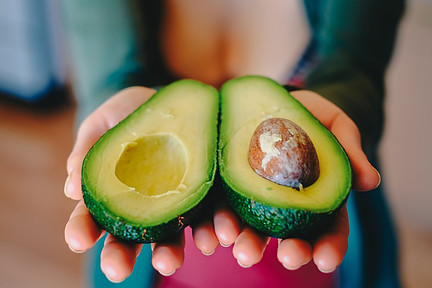
What is the Ketogenic Diet?
The keto diet changes the way your body converts food into energy. If you eat a lot of fat and few carbohydrates, you enter ketosis, a metabolic state in which your body uses fat as an energy source instead of carbohydrates. If your body is unable to produce glucose from carbohydrates, due to the lack of them, your liver uses fatty acids from food instead, and converts those into ketones, which your body uses as an alternative energy source. Burning ketones instead of glucose reduces inflammation and leads to weight loss.
However, the keto diet is by no means new, but has been around for almost a century! It was originally developed to treat people with epilepsy. In the 1920s, researchers found that elevated blood ketone levels led to fewer epileptic seizures in patients. The keto diet is still used today to treat children with epilepsy who do not respond well to anti-epileptic drugs.
But exactly how many carbs less do we need to eat to reach ketosis? to reach the metabolic state that our body uses fat for energy, rather than carbs?
The keto diet is generally defined as:
If only 5% of our daily intake is carbs, then that means to reach ketosis, we should consume less than 50g of carbs a day!
Health Benefits of a Ketogenic Diet
- Weight loss: A ketogenic diet is proven to be an effective way to reduce weight and minimize the risk factors for diseases resulting from being overweight. Studies also confirm that ketogenic diets are more effective than conventional diets that focus on weight loss.
- Burn fat: With the keto diet you can lose weight very quickly. Ketones suppress ghrelin – your hunger hormone – and increase cholecystokinin (CCK), making you feel full. Reduced appetite means that it is easier to go for long periods without eating, which encourages the body to go to its fat reserves to get energy.
- Feeds the brain: Ketones provide instant energy to your brain and up to 70% of your energy needs if you limit carbohydrates. Fat nourishes the brain and keeps it strong and healthy. The brain is at least 60% fat, so it needs a lot of good fats to function properly. Essential fatty acids such as omega-3 support brain growth and development, while saturated fat keeps the myelin (the insulating layer around the brain) strong so your neurons can communicate with each other.
- Reduces inflammation: The keto diet has anti-inflammatory properties and could protect you from degenerative diseases like Alzheimer’s and cancer.
- Lowers blood sugar: The keto diet can reverse and even cure diabetes. It stabilizes insulin levels and lowers blood sugar to the point that many diabetics can limit their medication if they switch to this diet.
- Increases energy: Ketosis helps the brain to produce more mitochondria, the generators of electricity in your cells. More energy in your cells means more energy for you to get things done.
How Do You Know You’re in Ketosis?
You are in a ketosis if your ketone content is 0.8 (millimoles per liter). Ketosis levels can be measured with urine sticks or a blood meter. You can also test the acetone level in your breath with a breath analyzer. Check out my post here on measuring ketosis.
However, if you simply take time to notice how you feel, you can also easily determine if you have already reached the state of ketosis. Here are signs that indicate that you are probably in ketosis:
- Weight loss: The keto diet burns fat. Therefore, if you lose weight, you have probably reached ketosis.
- Reduced hunger: Ketones suppress your hunger hormones and make you feel full for longer.
- Flu-like symptoms: When you start a ketogenic diet, you may experience symptoms of keto flu such as headache, chills and lightheadedness when you first reach ketosis.
- Keto breath: People often have a metallic taste in their mouth due to elevated ketone levels.
Keto Diet Menu: What’s To Eat?
Low-Carbohydrate Vegetables
Non-starchy vegetables are low in calories and carbohydrates, and have many nutrients, including vitamin C and various minerals.
Vegetables and other plants contain fiber that your body does not digest and absorb like other carbohydrates. So look especially at digestible (or net) carbohydrates, which is total carbohydrates minus fiber.
Most vegetables contain very little net carbohydrates. However, if you eat a portion of “starchy” vegetables such as potatoes, yams, or turnips, it can exceed the daily allowed amount of carbohydrates pretty fast.
The net amount of carbohydrate for non-starchy vegetables ranges from less than 3g per 100g (raw spinach) to 10g per 100g (beetroot).
Vegetables also contain antioxidants that help protect against unstable molecules that can cause cell damage.
Low-carb vegetables are excellent substitutes for foods with a higher carbohydrate content. For example, cauliflower can be used to imitate rice or mashed potatoes and “zoodles” are noodles that can be made from zucchini.
Seafood
Fish and shellfish are very keto-friendly foods. Salmon and other fish are rich in B vitamins, potassium, and selenium, but practically free of carbohydrates.
However, the carbohydrates in the different types of shellfish are different. While shrimps and most crustaceans, for example, do not contain carbohydrates, this is not the case with other types of shellfish. Although these crustaceans may be included in a ketogenic diet, it is important to consider these carbohydrates when trying to stay within the narrow range of the keto diet.
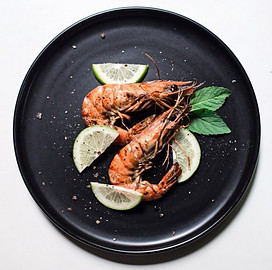
Here are the carbohydrate levels per 100g portions of some popular shellfish species:
Salmon, sardines, mackerel, and other fatty fish have high levels of omega-3 fat, which have been found to lower insulin levels and increase insulin sensitivity in overweight and obese people.
In addition, the frequent consumption of fish has been associated with a reduced risk of disease and improved mental health.
Tip: Eat at least two portions of seafood per week.
Avocados
Avocados are incredibly healthy. 100g or about half of a medium avocado contains only 8g of carbohydrates. However, 7g of that is fiber, so the net carbohydrate amount is only 1g!
Avocados are rich in various vitamins and minerals, including potassium, an important mineral that many people often cannot get enough of. In addition, a higher potassium intake can help to ease the transition to a ketogenic diet.
Avocados can also help to improve cholesterol and triglyceride levels.
Meat and Poultry
Meat and poultry are considered basic foods in a ketogenic diet.
Fresh meat and poultry contain no carbohydrates and are rich in B vitamins and various minerals, including potassium, selenium and zinc.
They are also an excellent source of high quality protein, which has been shown to maintain muscle mass during a very low carbohydrate diet.
It is best if you choose meat from grazing animals. This is because animals that eat grass produce meat with higher levels of omega-3 fats, conjugated linoleic acid, and antioxidants compared to animals fed on cereals.
Eggs
Eggs are considered one of the healthiest and most versatile foods in the world.
A large egg contains less than 1g of carbohydrates and about 6g of protein. Eggs are therefore the ideal food for a ketogenic lifestyle.
It has also been shown that eggs trigger hormones that increase the feeling of fullness and keep the blood sugar level stable. It is important to eat the whole egg, as most of the nutrients from an egg are contained in the egg yolk. These include the antioxidants lutein and zeaxanthin, which help protect eye health.
Although egg yolk has high cholesterol levels, most people do not have high blood cholesterol levels. In fact, eggs appear to help modify LDL cholesterol in ways that reduce the risk of heart disease.
Coconut Oil
Coconut oil has unique properties, making it particularly suitable for a ketogenic diet.
First of all it contains medium-chain triglycerides (MCTs). Unlike long-chain fats, MCTs are absorbed directly by the liver and converted into ketones or used as a fast energy source.
The main fatty acid in coconut oil is lauric acid, a somewhat longer-chain fat. It is believed that the mixture of MCTs and lauric acid from coconut oil can promote persistent ketosis. Coconut oil can help obese adults lose weight and abdominal fat. In one study, men who ate 2 tablespoons (30 ml) of coconut oil per day lost an average of 2.5cm from their waists without making other dietary changes.
Interested in trying some MCTs in powder form? NowKeto offers Pure MCT Oil Powder, proven to raise blood ketone levels, that can be used in coffees, protein shakes, smoothies, yogurt, etc.
Olive Oil
Olive oil offers impressive benefits for your heart. It is rich in oleic acid, a monounsaturated fat that reduces risk factors for heart disease. In addition, extra virgin olive oil contains antioxidants known as phenol. These compounds protect heart health by reducing inflammation and improving artery function.
As a pure source of fat, olive oil contains no carbohydrates. It is an ideal base for salad dressings and healthy mayonnaise.
Since it is not as stable at high temperatures as saturated fats, it is recommended that olive oil be used for cooking only at low heat or added to foods after cooking.
Greek Yogurt and Cottage Cheese
Greek yogurt and cottage cheese are healthy, high-protein foods.
Although they contain some carbohydrates, they can still be included in a ketogenic lifestyle.
100g of Greek yogurt provides 5g of carbohydrates and 10g of protein. The same amount of cottage cheese provides 5g of carbohydrates and 15g of protein.
It has been shown that both yogurt and cottage cheese help to reduce appetite and promote a feeling of fullness.
Nuts and Seeds
Nuts and seeds are healthy, high-fat and low-carbohydrate foods.
Nuts and seeds are high in fibre, which makes you feel full and reduces your overall calorie intake.
Although all nuts and seeds contain few net carbohydrates, the amount varies quite a lot between different species. Please consult the nutritional info before you start eating any nuts!
Butter and Cream
Butter and cream are good fats for a ketogenic diet. Each contains only traces of carbohydrates per serving.
Butter and cream were believed to cause or contribute to heart disease for many years due to their high saturated fat content. However, research has shown that saturated fat, as far as most people are concerned, is not associated with heart disease.
Some studies even suggest that moderate consumption of high-fat dairy products could reduce the risk of heart attack and stroke.
Like other high-fat dairy products, butter and cream are rich in conjugated linoleic acid, which is the fatty acid that can help break down fat.
Keto Diet: What to Avoid
The following foods are absolutely unsuitable for the keto diet:
- All types of cereals (wheat, oats, rye, etc.) and products made from them (pizza, pasta, bread, breakfast cereals, etc.)
- Starchy foods, such as potatoes, sweet potatoes, and Hokkaido pumpkin
- Sugary foods (cakes, tarts, sweet pastries, sweets, etc.), sugar in its pure form and sugary drinks (juices, lemonades, soda, etc.)
- Alcoholic drinks with carbohydrates (beer, cocktails, sweet wine, etc.)
- Legumes (lentils, beans, peas, etc.)
- Nearly all kinds of fruit
- Sauces and finished products containing carbohydrates
- Vegetables with high carbohydrate content
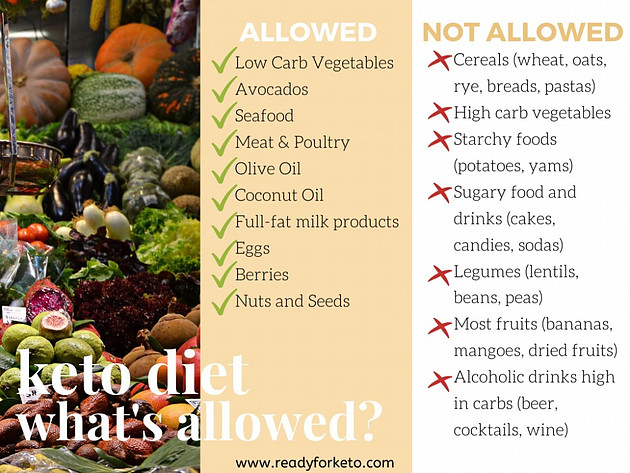
Keto-Friendly Snacks
If you get hungry between meals – which can happen to you especially in the first days – here are some ketogenic snacks for in between:
- Cheese
- A handful of nuts or seeds
- One to two boiled eggs or fried eggs
- Dark chocolate (>90%)
- Strawberries with cream
- Celery with guacamole
- An avocado with roasted bacon
- High-fat yogurt mixed with cocoa powder and nut butter
- Cheese with olives
- Tomatoes and mozzarella
Free Keto Diet Food List PDF
Interested in a detailed Keto Diet Food List PDF for free?
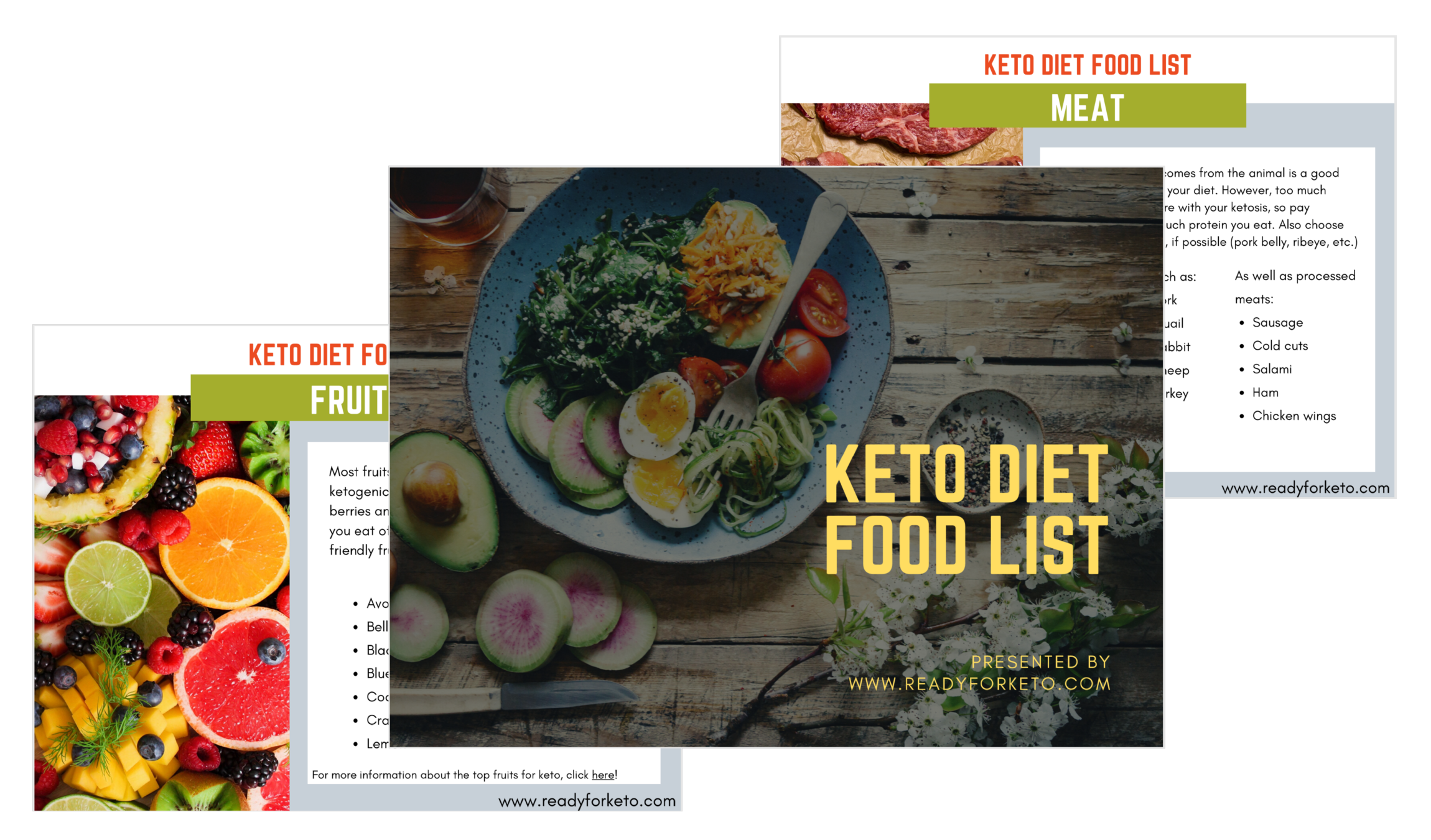
Get Your Keto Diet Food List PDF Here
Free 7-Day Keto Diet Plan
Below you can see what a ketogenic diet plan might look like. Depending on your height and weight, you will of course have to adjust the meals indicated to your needs.
A total of three meals per day are included in the sample keto diet menu. However, you can of course include an additional snack, such as nuts or coconut chips, in your diet.
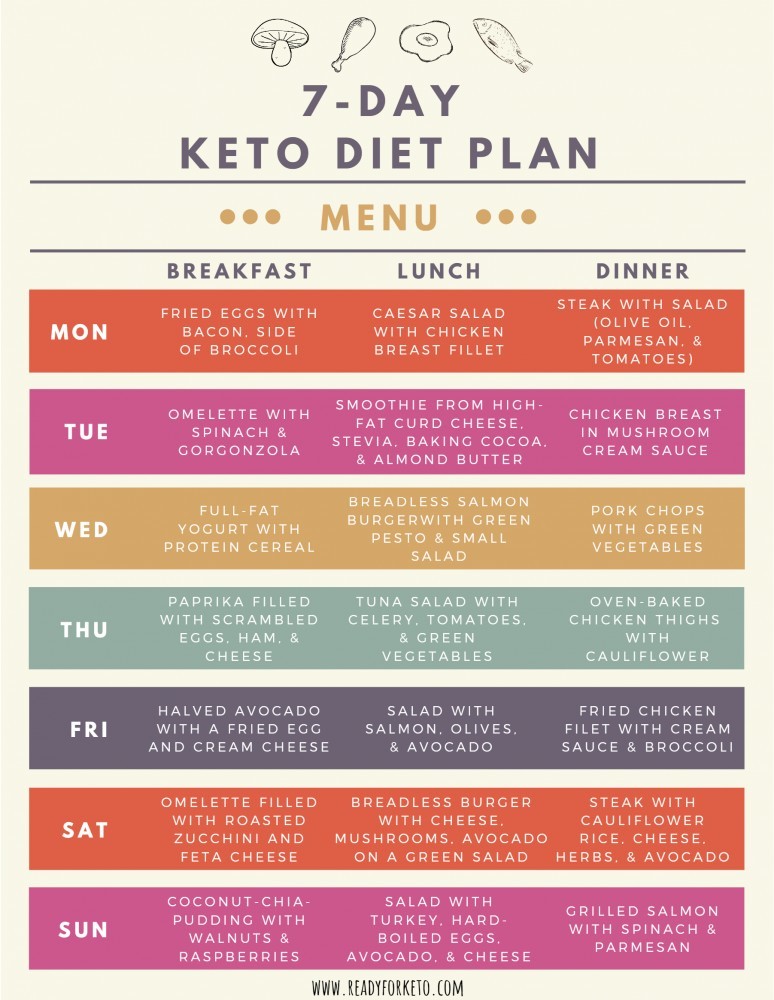
Keto Diet Side Effects
The keto diet haws a few side effects, although they are basically harmless for healthy people. Many refer to these side effects as the keto flu.
The symptoms of the keto flu are low energy, excessive hunger, deteriorated physical performance and occasional sleep problems. However, they only occur in the first few days after the switch to the keto diet and then disappear over time.
The reason for this is that your body has become accustomed to carbohydrates over the last few years and is not so happy that there are no more carbs. To counteract these side effects, you should follow a normal low-carb diet a week before you almost completely eliminate carbohydrates from your diet.
The ketogenic diet can also upset your fluid and mineral balance. Therefore, it probably doesn’t hurt to use a little more salt in your dishes or to take appropriate minerals in the form of food supplements.
In terms of minerals, you can try 3000-4000mg of sodium, 1000mg of potassium, and 300mg of magnesium per day to minimize the side effects of keto flu.
The symptoms of the keto flu are clear signs of becoming in ketosis. Learn more about other ways to measure the number of ketone bodies during ketosis.
Especially in the beginning it is important to eat until you are full and not to count calories. This is because in a ketogenic diet you lose weight without eating less.
7 Tips for Starting the Keto Diet
1. Avoid the 3 Biggest Carbohydrate Bombs
These 3 foods make up by far the largest part of our carbohydrate consumption: bread, pasta, and sweets.
For an effective conversion to a ketogenic diet, unfortunately, it is essential to avoid these foods completely or to reduce them to a bare minimum. The good thing about it though is that once you have done that, you’re already halfway to a successful ketogenic diet.
2. Maintaining the Right Balance Between Fruit and Vegetables
Fruit is sweet, but okay in a ketogenic diet. However, the ratio between vegetables and fruit should always be two to one.
3. Eating High Quality, Healthy Fats
The quality of fat plays an important role in the keto diet. Just because you are using fat as an energy source from now on does not mean that you have to grill all the time or let the fryer run hot. Healthy fats are mainly found in fish, nuts, and vegetable oils.
4. Always Eat Until Your Full
The keto diet isn’t about including less in your diet, but in reality it is a change of diet. If you want to lose weight in the long term, you should either maintain the daily amount of food or reduce it slowly. Never eat less than your average daily requirement. You should not be hungry for about 4 hours after eating.
5. Stevia or Erythritol as a Sugar Substitute
The plant-based sweetener Stevia and the artificial sweetener Erythritol are some of the best alternatives to sugar in a ketogenic diet. Stevia can be used in liquid and creamy masses. Erythritol is excellent for baked goods. Check out my post here about keto-friendly natural alternatives to sugar, which include Stevia and Erythritol!
6. Chocolate Only From 70% Cocoa Content
Good news for chocolate lovers. Chocolate with a cocoa content of at least 70% is perfectly okay in a ketogenic diet.
The higher the cocoa content, the lower the carbohydrate content.
7. Replace Flour With Nuts
You can replace at least 50% of the usual amount of flour for a recipe with finely ground nuts. Nuts are bombs of healthy fats and therefore extremely valuable for ketogenic nutrition.
Conclusion
Regardless of all the health benefits of the ketogenic diet, it is not suitable for all people, or rather, all lifestyles.
Bodybuilders or people who want to build up a lot of muscles in a short period of time will only rarely opt for a low-carbohydrate diet.
For everyone else who wants to eat healthier, reduce fat, or have more energy in their everyday life just by eating the right foods, a ketogenic diet is definitely sensible.
Would you like to start with the ketogenic diet? It’s definitely worth a try, because you will certainly feel better once you reach ketosis.
As mentioned, the keto diet varies from person to person, but you can definitely start with the above points. It’s also always a good idea to consult a doctor before you embark on the keto adventure, especially if there are any medical issues present.
Have fun and much success! I hope this post is able to help you get an idea of how to start on aketo diet.
Thanks for reading!
Anna
www.readyforketo.com
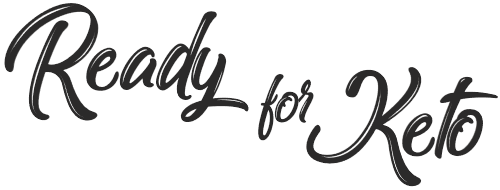

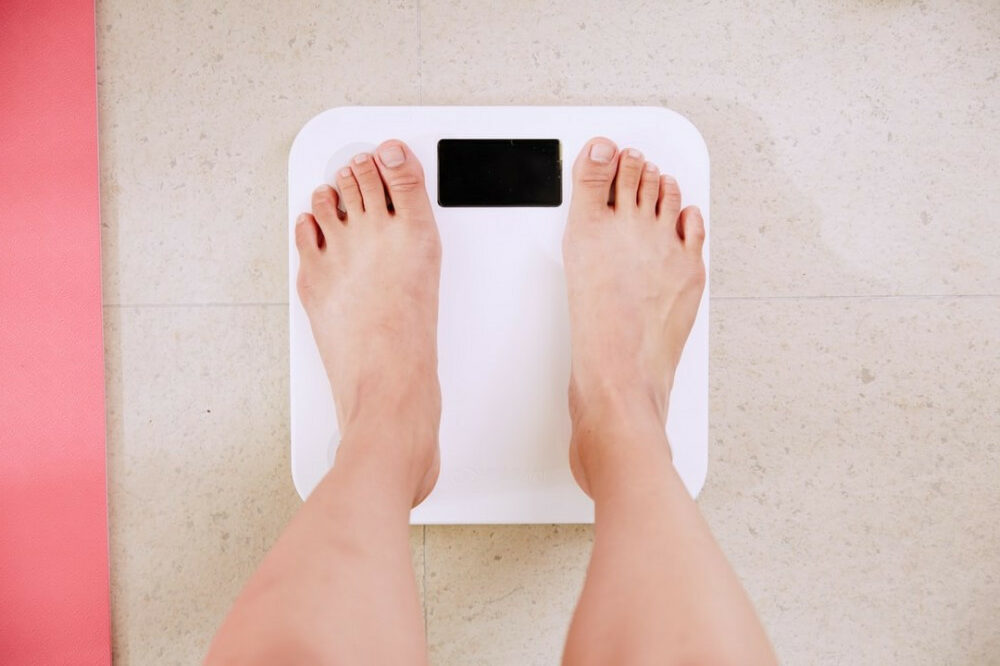

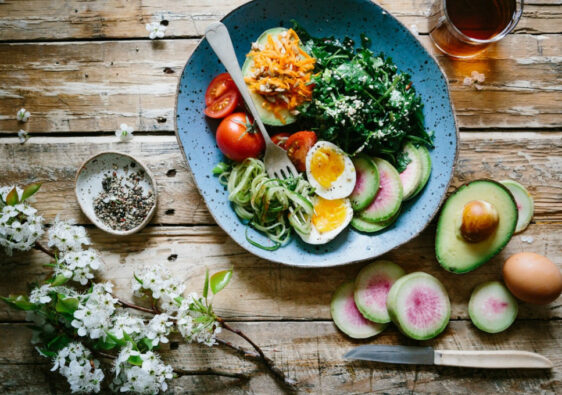
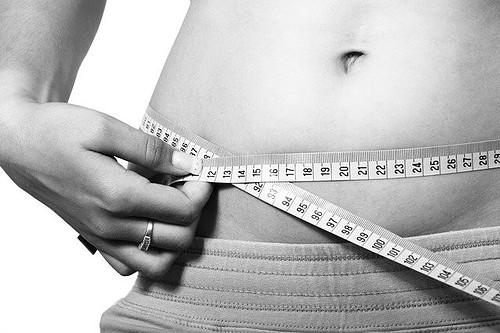
I had done a no-carb diet for 2 weeks a few years back, so, I can see the benefits of the Keto Diet. It takes a whole lot of discipline to cut down on carbs. I never realized how much stuff that I consume had so much carbs and sugars…practically everything!!!
A Keto Diet is something that I would look into but sticking to it 100% would take a lot for me. Some of the foods listed on the foods to avoid are some of my favorites and I don’t know how happy that would make me.
I have known people who have started a Keto Diet but few have stuck with it.
Hi Geri,
Yea, the keto diet is not for everyone! Personally, I don’t care much for breads and sweets anyways, so it makes the keto diet a little easier to follow. Pasta on the otherhand…. That one is tough, I love pasta, but luckily there are so many pasta alternatives it’s easy to forget!
Thanks for reading 🙂
The keto diet for professionals is very problematic in health terms and is therefore recommended. Specifically, carbohydrate intake is dramatically reduced, which accompanies increased fat intake, leads to reduced micronutrient and pre-fiber intake, which can lead to vitamin and mineral deficiencies, constipation and heart problems (due to increased saturated fat intake). Opponents of this regimen pretend that taking a long time can cause serious disruption to the organization, one of which is ketoacidosis or acidification of the organization if it occurs due to too many toxic ketone compounds in the body. I have to try the Keto diet. thank you.
Thanks for reading, Kozakiv!
Well I can say for sure that it is not easy switching to a keto diet. You can imagine how difficult it will be to completely cut out the 3 biggest carbohydrate foods. Besides, like you pointed out in the post, it is not a eating lifestyle that is suitable for everyone. Nevertheless, switching to a keto diet can be beneficial. I particularly appreciate the increased energy levels that comes with it.
Thanks for sharing
Hi Iyke,
Oh, it’s not easy, trust me! But the results are so so worth it. And besides, an occasional cheat meal should be okay 😉 Thanks for reading!
Anna
hi, There is a lot of science to these kinds of diets. A lot of research goes into it, and can be quite confusing for someone that decides to take it on. There’s a lot of variables. For example, how long you should remain on the diet, getting your adequate energy and nutrients, it’s best to do lots of research with this, because it is Not as simple as people think. And messing around with your nutrition, can be unhealthy.
Hi Jake,
That’s exactly right–this is not something that you should just jump into. Luckily the Keto Diet is well-researched compared to other diets. Hopefully this Beginners Guide can help those who consider trying the Keto Diet 🙂 Thanks for reading!
Anna